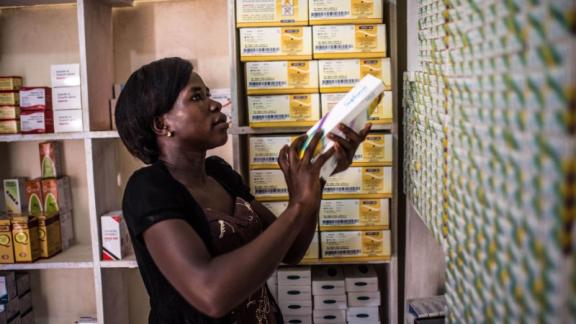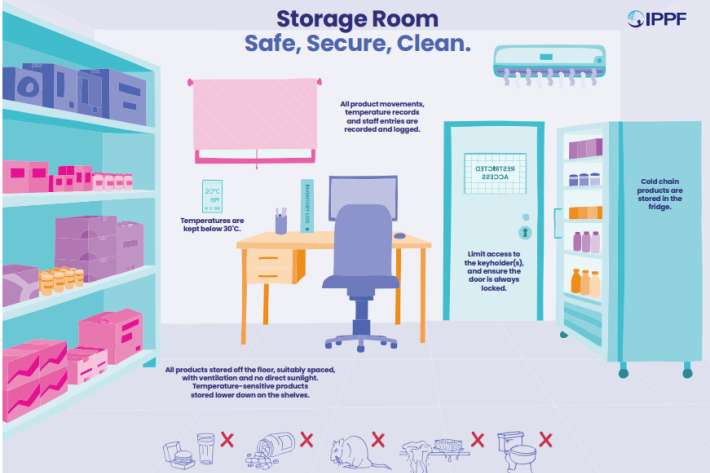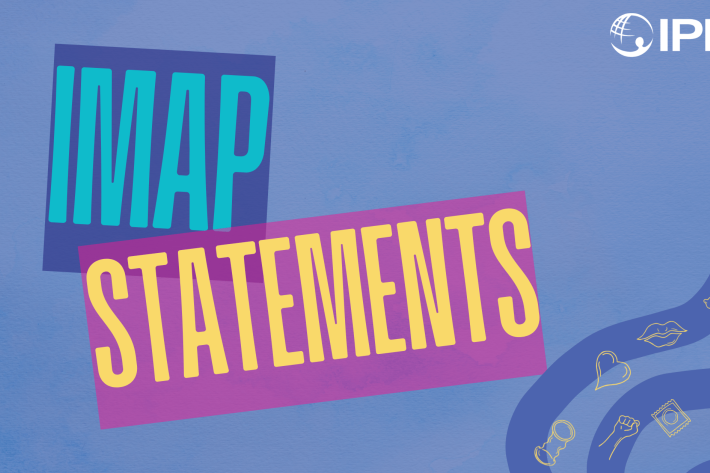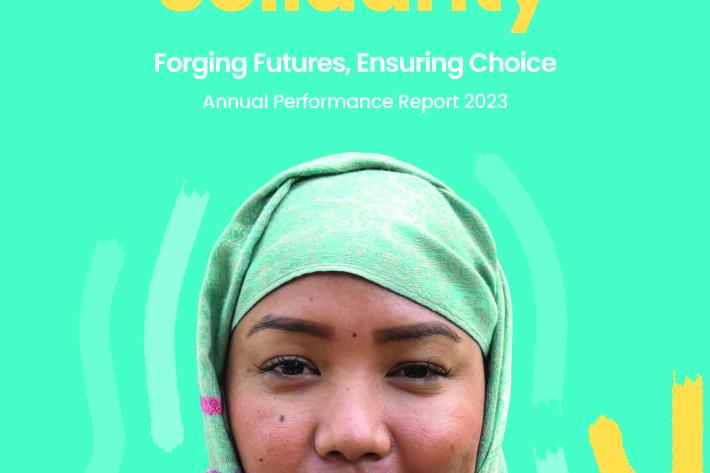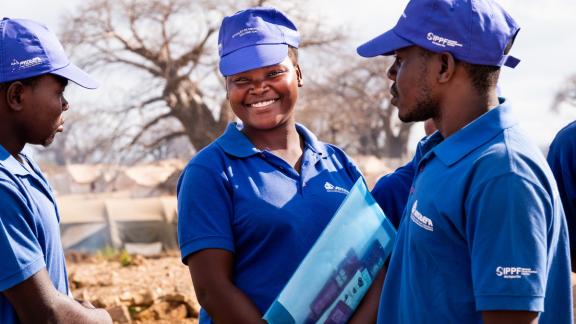Spotlight
A selection of resources from across the Federation
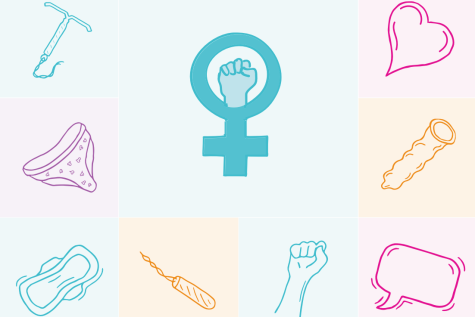
Technical Brief: Designing and Delivering Inclusive, Rights-Based Sexual and Reproductive Healthcare to Transgender and Gender Diverse People
This technical brief outlines key recommendations across several sexual and reproductive health service areas to promote access to inclusive care for transgender and gender diverse people.
Filter our resources by:
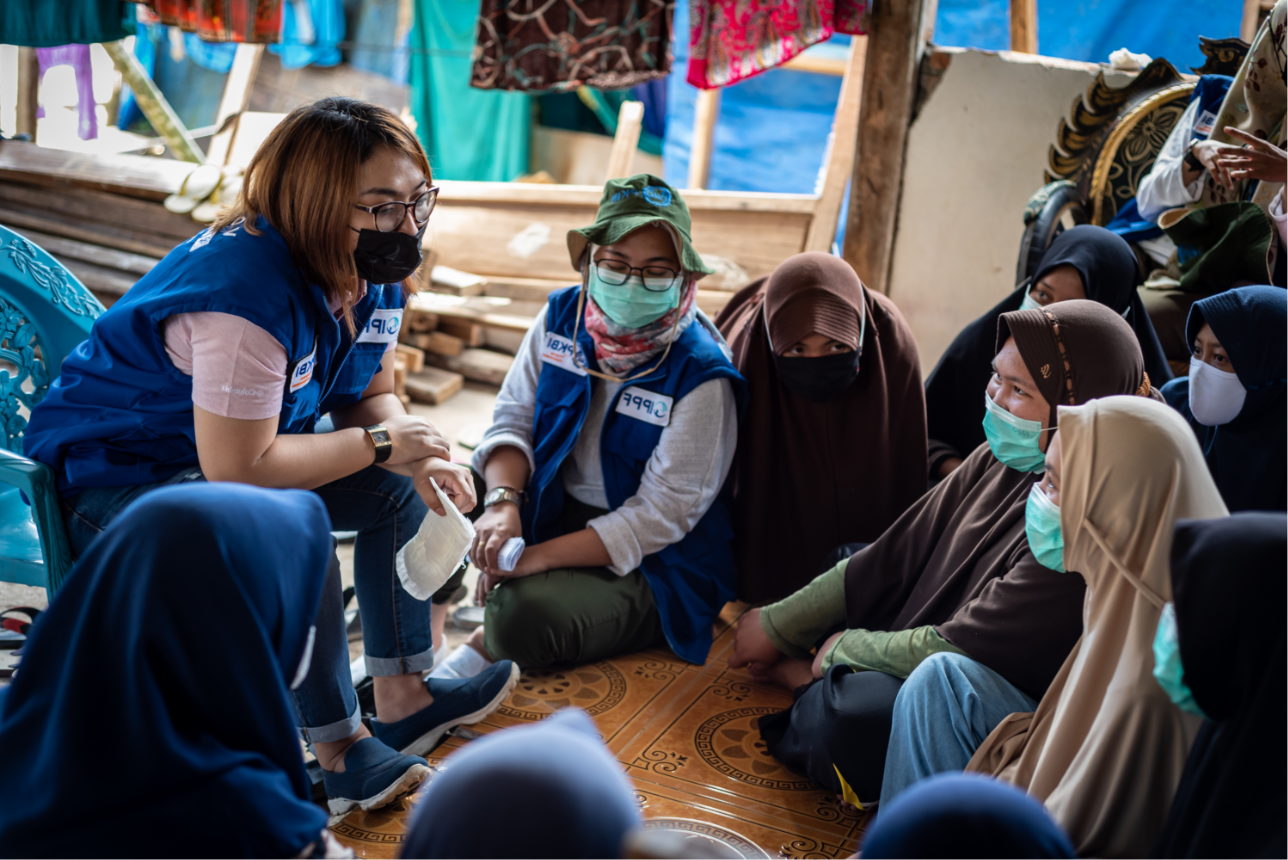
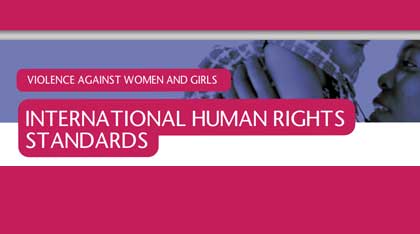
| 28 December 2012
International Human Rights Standards
International and regional law and policy has recognized the need for States to underpin their efforts to eliminate violence against women and provide protection with national action plans.

| 28 December 2012
Young women and violence
For many women and girls, their first sexual experience is forced. Almost 50% of all sexual assaults around the world are against girls 15 years old and younger. An estimated 150 million girls under 18 suffered some form of sexual violence in 2002 alone.
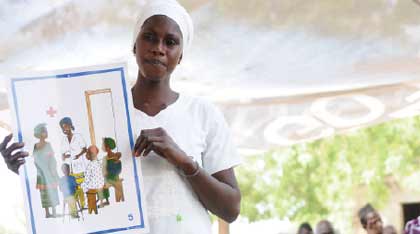
| 28 December 2012
Harmful traditional practices
All violations of women’s and girls’ rights may be described as harmful practices, but there are particular forms of violence against women and girls which are defended on the basis of tradition, culture, religion or superstition by some community members. These are often known as ‘harmful traditional practices.

| 28 December 2012
Violence against women and girls: the facts
Violence against women is a fundamental barrier to eradicating poverty and building peace. It impoverishes individual women, and their families, communities and countries. We ask member states to take action against all forms of violence outlined in the UN Declaration on the Elimination of Violence against Women and recognize that violence against women and girls is both a development and a human rights issue.
| 15 October 2012
At a Glance 2011
Key facts and figures highlighting IPPF's achievements in 2011. IPPF provided 89.6m sexual and reproductive health services and averted 710,000 unsafe abortions.
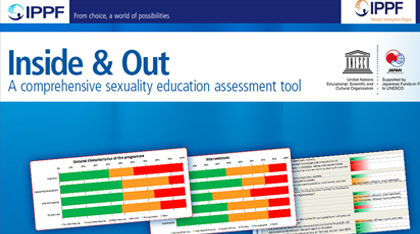
| 12 October 2012
Exploring new territories: dialogues on comprehensive sexuality education
Exploring new territories report captures new and critical thinking about comprehensive sexuality education (CSE) sets out different pedagogical (teaching and learning) approaches identifies new priorities for CSE recognises the challenges CSE presents asks what else we need to research and discover "Comprehensive sexuality education should respond to and celebrate the diversity that exists among young people across the world. It should equip young people with knowledge, skills, attitudes and values to determine and enjoy their sexuality. Comprehensive sexuality education should take a positive and respectful approach to sexuality and sexual relationships, and be part of broader emotional and social development providing opportunities to acquire life skills and nurture personal values." This document captures a discussion designed to generate critical thinking about CSE: moving beyond developing curricula and activities to thinking about delivery and different pedagogical (teaching and learning approaches); moving beyond providing knowledge to developing skills; moving beyond public health outcomes and towards human rights and gender equality; and how to measure success. A snapshot of the challenges identified: balancing broader rights and gender equality outcomes with specific public health outcomes ensuring appropriateness in different contexts applying evidence-based approaches to both content and method pre-empting and managing resistance to new approaches What else we need to know – new areas for research developing and testing new indicators for the effectiveness and impact of CSE examining how best to foster high quality rights-based teaching and learning skills how to develop effective and continuous communication with parents and community leaders the best strategies to link CSE with health and social service provision for young people Includes: a table of ‘challenges’ ‘opportunities’ and ‘recommendations’ key questions and issues explored during the workshop a checklist of values that underpin CSE a resource list
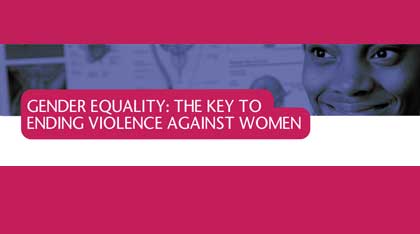
| 28 September 2012
Violence and gender equality
Violence against women is caused by gender inequality – including unequal power relations between women and men, rigid gender roles, norms and hierarchies, and ascribing women lower status in society. Promoting and achieving gender equality is a critical element of the prevention of violence against women.
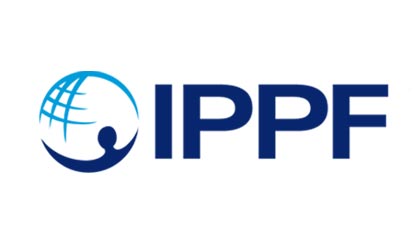
| 26 September 2012
Sexual and reproductive health needs of young people: Matching needs with systems
Sexual and reproductive health needs of young people: matching needs with systems provides background data on the sexual health needs of young people positions young people’s sexual rights as the foundation of healthy sexuality recognises the evolving capacity of young people in decision-making identifies the things that encourage young people to access services describes what should be provided before, during, and after a visit to a youth service. Despite efforts to provide youth-friendly services, the uptake of services by young people is very low. What must be taken into account are young people's pathways to seeking services; and the specific barriers they face before getting to the services, while receiving services, and after leaving the service delivery sites. Attention to the perceptions and needs of young people is essential, along with the development of policies, services, and programmes that address those needs, particularly the youth-friendly approach to service delivery. When young people have access to health and education, they become a powerful force for economic development and positive change. Professionals in their role as clinicians should continuously reflect on their values, attitudes, and commitment to the sexual and reproductive health and rights (SRHR) of young people, and must be competent to provide the services. Access to services is key to promoting the SRHR of young people. A more holistic (so-called “positive”) approach toward SRHR is needed, including services which address sexual and gender-based violence, sexual diversity, discrimination, relationship issues, and fears and concerns about sex and sexuality. Including young people in the design and promotion of the services helps identify the barriers to access and can ensure that services meet the needs of young people. This paper breaks down what should happen at every step, from identifying what will make a young person want, and be able to access a service, to what they should be offered when they reach the service, to follow-up. The authors recommend that health managers should be proactive in advocating for changes in policies and laws that restrict access to sexual and reproductive health services for young people; and that they evaluate and document the impact of SRHR interventions on young people's morbidity and mortality.
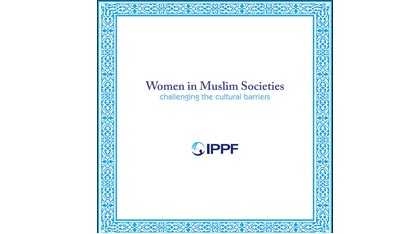
| 25 September 2012
Women in Muslim societies
In countries with predominant Muslim populations, targets for the Millennium Development Goals on improving maternal health are lagging. IPPF is committed to a rights based approach for advancing women's health through cultural sensitivity.

| 10 September 2012
Men-streaming in sexual and reproductive health and HIV
This toolkit helps to affirm policies which promote the postive roles that men can play in improving their own sexual and reproductive health - and those of women and children. It also highlights how engaging men in sexual and reproductive health and rights and HIV policies, can help move towards the goal of gender equity.







